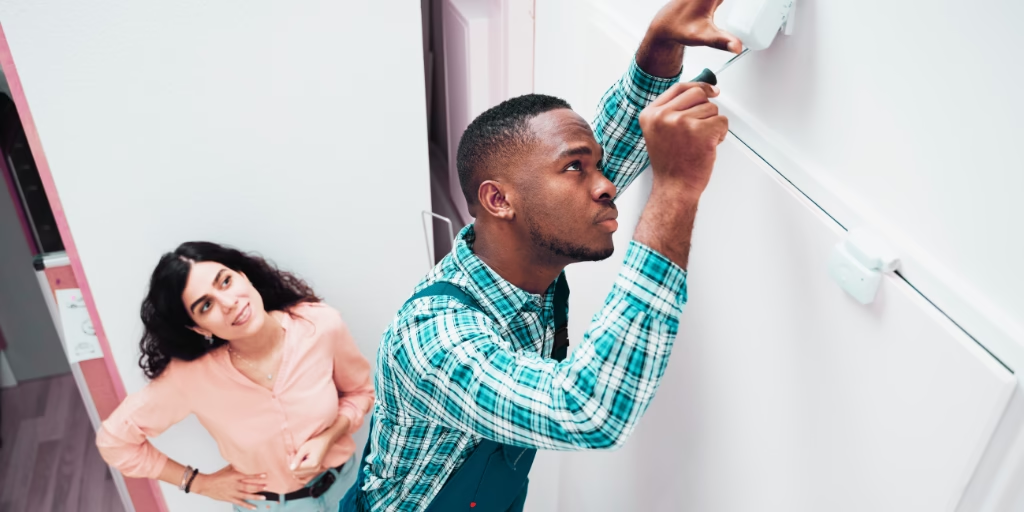Locating Indoor Smart Motion Sensors
Optimising the placement of your indoor smart motion sensor is important for ensuring accurate motion detection and performance within your smart home. This articles helps identify the best location for installation
Identify High Traffic Areas
Position the motion sensor in areas where movement is most frequent, such as:
- Hallways
- Entrances and exits (e.g., front doors, back doors)
- Staircases
- Living rooms or other shared spaces
These locations maximise the sensor’s utility, ensuring it captures meaningful activity and triggers automation effectively.
Avoid Obstructions
Ensure the motion sensor has a clear view of the area it is monitoring. Avoid placing it behind:
- Furniture
- Light fittings
- Doors
Obstructions can lead to missed motion detections or false triggers.
Height and Angle
Mount the sensor at an appropriate height to optimise its detection range:
- Recommended height: Generally 6 to 7 feet (1.8 to 2.1 metres) above the floor is the ideal height for most situations.
- Ideal angle: Ensure the sensor is angled towards the centre of the room (don’t point towards windows) or area to maximise coverage within its detection range.
Avoid Heat and Light Sources
Motion sensors may be sensitive to heat fluctuations and direct light, which can result in false alarms. Avoid placing the sensor near:
- Radiators or heaters
- Air vents
- Windows with direct sunlight exposure
Test Coverage Before Permanent Installation
Before securing the sensor:
- Temporarily place it in your desired location.
- Conduct a walk test by moving in and out of the area to confirm it detects motion accurately.
Check Connectivity
The sensor should be installed within the range of your smart home hub or system:
- Verify that the sensor communicates effectively with the hub before finalising its placement.
Smart motion sensors are useful and relatively cheap smart home devices. The obvious use for them is as part of a home security solution. But there are many other ways in which they can be used. However they are used, they need to be effective and reliable and a big part to achieving that is making sure they are well positioned





